First Aid For Insect Bites and Stings: Identification and Treatment.
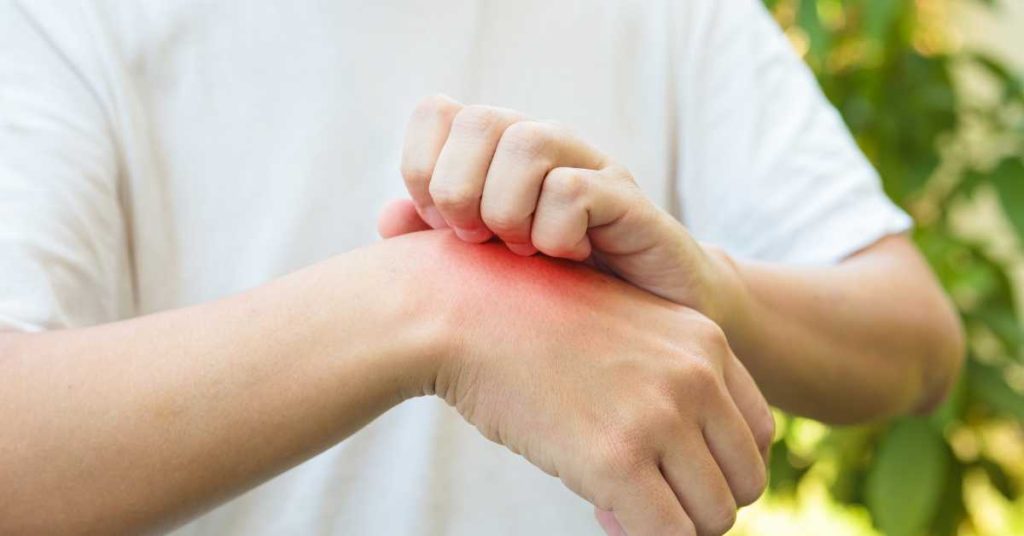
Each year, millions find themselves on the receiving end of an insect’s defense mechanism or feeding habits, ranging from the mild annoyance of a mosquito bite to the sharp sting of a bee. While most of these encounters result in nothing more than temporary discomfort, understanding how to properly identify and treat these bites and stings can significantly reduce the risk of complications and alleviate symptoms. However, it’s crucial to recognize that not all reactions are created equal; for individuals with severe allergies, a single sting can prompt an urgent medical situation.
In this guide, we’ll equip you with the knowledge to distinguish between various bites and stings, administer effective first aid, and discern when it’s time to bypass the home remedies and head straight to professional medical assistance. Whether you’re an avid outdoors enthusiast or someone who prefers the indoors, staying informed is your first line of defense in the small yet significant realm of insects.
Understanding Insect Bites and Stings
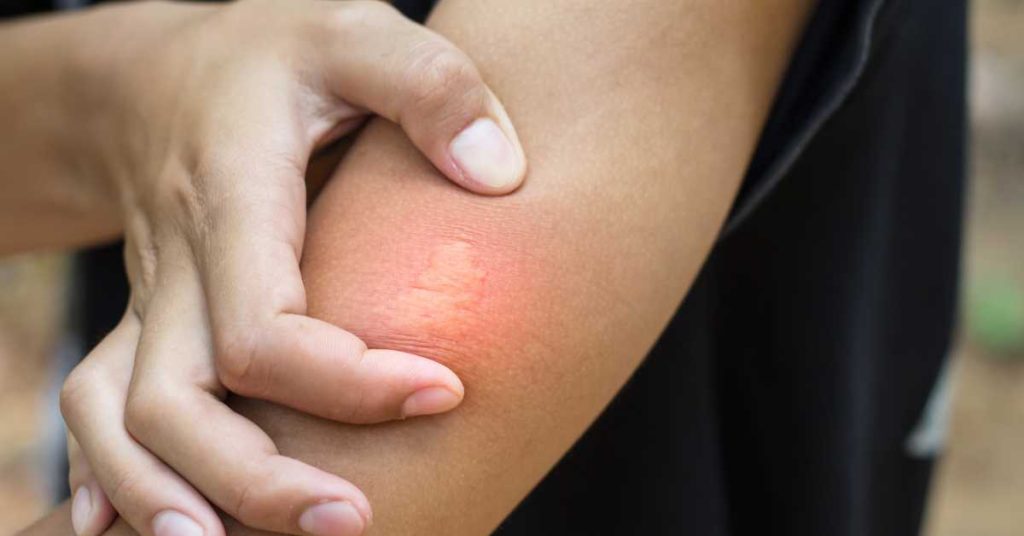
Insects are an integral part of our ecosystem, but when they come into contact with humans, they can sometimes bite or sting. Understanding which insects are most likely to cause these reactions and why they do so is crucial for both prevention and treatment. Common culprits include:
- Mosquitoes: Perhaps the most infamous biters, mosquitoes feed on blood to aid in their reproductive process.
- Bees and Wasps: These stinging insects usually attack only when they feel threatened, using their stingers as a defense mechanism.
- Ants (Fire ants, etc.): Some ant species, like fire ants, are known for their painful bites and stings, used to protect their colonies or hunt for food.
- Fleas: These tiny insects feed on the blood of mammals and birds, leaving behind itchy, red bites.
- Ticks: These blood-feeding arachnids can latch onto a host for several days and are notorious for transmitting diseases.
The reasons behind these bites and stings can be boiled down to two main factors:
- Defense Mechanism: Many insects sting as a form of self-defense. When they feel threatened by human presence or actions, they may sting to protect themselves or their colony.
- Feeding Habits: Insects like mosquitoes and ticks bite humans because they feed on blood, which contains the proteins and other nutrients they need to survive or reproduce.
Identification of Bites and Stings
Identifying insect bites and stings is the first step towards effective treatment. Each insect leaves a unique mark, accompanied by distinct symptoms, which can help in determining the culprit behind the discomfort.
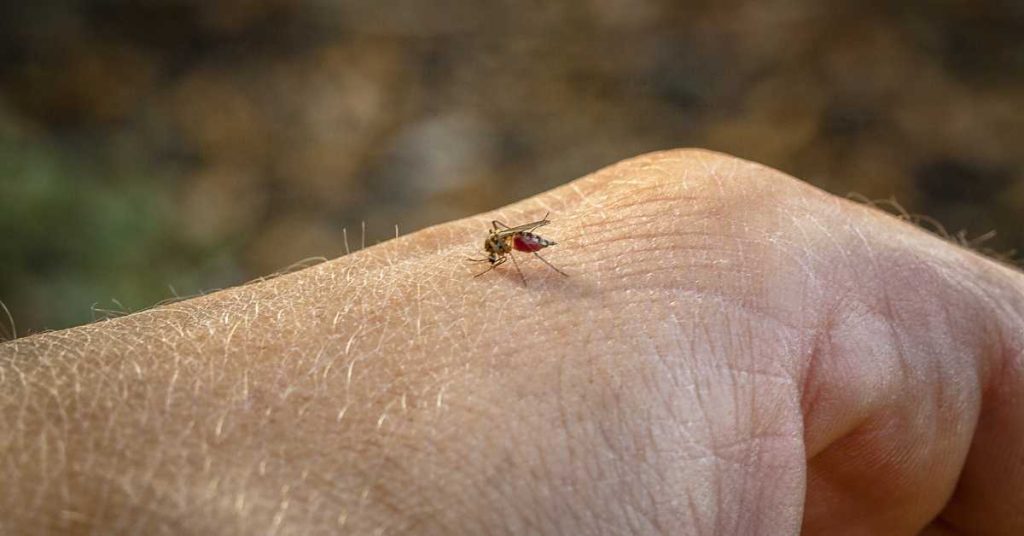
- Appearance: Puffy, reddish bump appearing a few minutes after the bite; may become a hard, itchy, reddish-brown bump after a day.
- Common Symptoms: Intense itching, swelling around the bite area.
- Appearance: A sharp sting followed by a red, swollen welt; a small white spot marks the sting site.
- Common Symptoms: Instant, sharp burning pain; redness and swelling at the sting site; in severe cases, hives, swelling of face, throat, or mouth, difficulty breathing, rapid pulse, or a drop in blood pressure.
C. Ant Bites and Stings (particularly Fire ants)
- Appearance: Swollen red spots that develop a blister on top; fire ant stings usually occur in clusters.
- Common Symptoms: Stinging pain and burning sensation, itching, which may transform into a blister.
D. Flea Bites
- Appearance: Small, red bumps often appearing in clusters of three or four; usually around the feet or legs.
- Common Symptoms: Intense itching, redness, and swelling.
E. Tick Bites
- Appearance: A small red bump similar to a mosquito bite; may be accompanied by the tick still attached to the skin.
- Common Symptoms: Localized redness, swelling, and in cases of Lyme disease, a target-shaped rash.
Immediate First Aid and Treatment
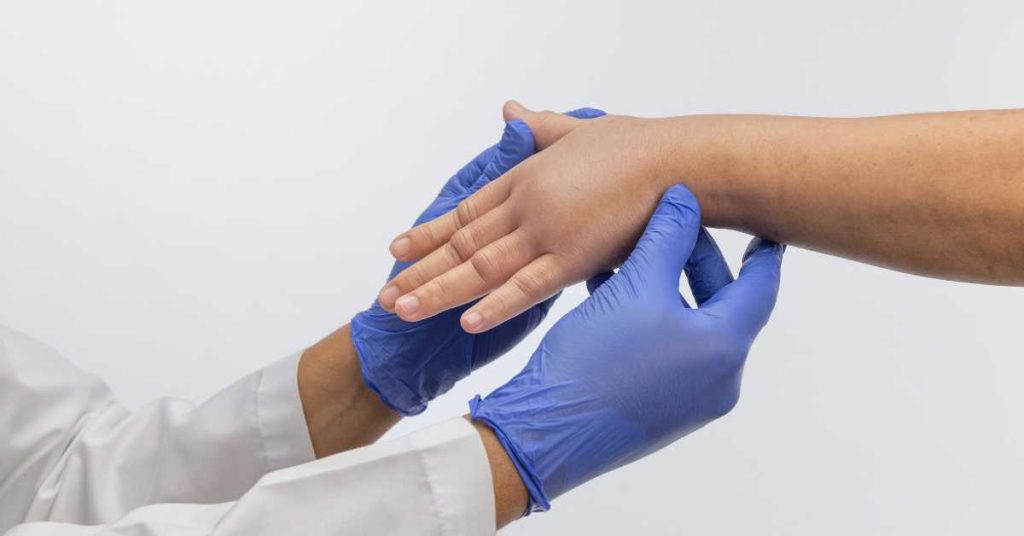
Immediate first aid and treatment are essential in mitigating the effects of insect bites and stings. Prompt action can reduce discomfort, prevent infection, and in some cases, be life-saving.
- Removing the Stinger (if applicable): For bee stings, gently scrape the skin with a fingernail or a piece of gauze to remove the stinger. Avoid squeezing the stinger, as this can release more venom.
- Cleaning the Area: Wash the affected area with soap and water to remove any contaminants that could cause infection.
- Reducing Swelling and Pain: Apply a cold pack or a cloth dampened with cold water to the area to reduce swelling and pain.
B. Specific Treatments Based on Insect
- Treatments for Mosquito Bites: Apply calamine lotion and take an antihistamine to help relieve itching.
- Treatments for Bee and Wasp Stings: After removing the stinger and cleaning the area, apply a cold pack. If there’s significant pain, taking an antihistamine or an over-the-counter pain reliever can help.
- Treatments for Ant Bites and Stings: Clean the area and apply a cold pack. Use a hydrocortisone cream or calamine lotion to soothe the skin. Antihistamines can help if there’s significant itching.
- Treatments for Flea Bites: Avoid scratching to prevent infection. Clean the area with antiseptic and apply an anti-itch cream or lotion.
- Treatments for Tick Bites: Freeze it dont squeeze it! You should try to kill the tick with ether containing spray then let it drop off, rather than pulling at it with tweezers. Clean the bite area afterwards and your hands with rubbing alcohol, an iodine scrub, or soap and water.
Remember, while these first aid measures are generally effective, they do not substitute professional medical treatment in severe cases. Monitoring the bite or sting for signs of infection or allergic reaction is crucial, and if symptoms worsen, seek medical attention promptly.
Home Remedies and Over-the-Counter Solutions
When it comes to treating insect bites and stings, there are numerous home remedies and over-the-counter solutions that can provide relief and aid in the healing process. These treatments are readily accessible and can be quite effective in managing the symptoms associated with common insect encounters.

A. Home Remedies
- Ice Packs: Applying ice or a cold pack to the affected area can help reduce swelling and numb the pain.
- Aloe Vera: Known for its soothing properties, aloe vera gel can be applied to bites and stings to alleviate itching and swelling.
- Honey: Its antibacterial properties can prevent infection, and its soothing effect can reduce itchiness and irritation.
B. Over-the-Counter Medications
- Antihistamines: Medications like antihistamine can reduce allergic reactions and help control itching.
- Pain Relievers: NSAIDs (like ibuprofen) or paracetamol can alleviate pain and reduce inflammation caused by bites and stings.
- Topical Creams and Ointments: Hydrocortisone cream can lessen itching and swelling, while antibiotic ointment can prevent bacterial infections if the skin is broken.
These home and over-the-counter remedies are excellent first-line treatments for minor bites and stings. However, it’s important to note that if symptoms persist or if there is an allergic reaction, professional medical treatment should be sought.
Preventing Insect Bites and Stings
Prevention is undoubtedly the best strategy when it comes to insect bites and stings. Taking proactive steps can significantly reduce the likelihood of these unwanted encounters. Here are some effective preventative measures:
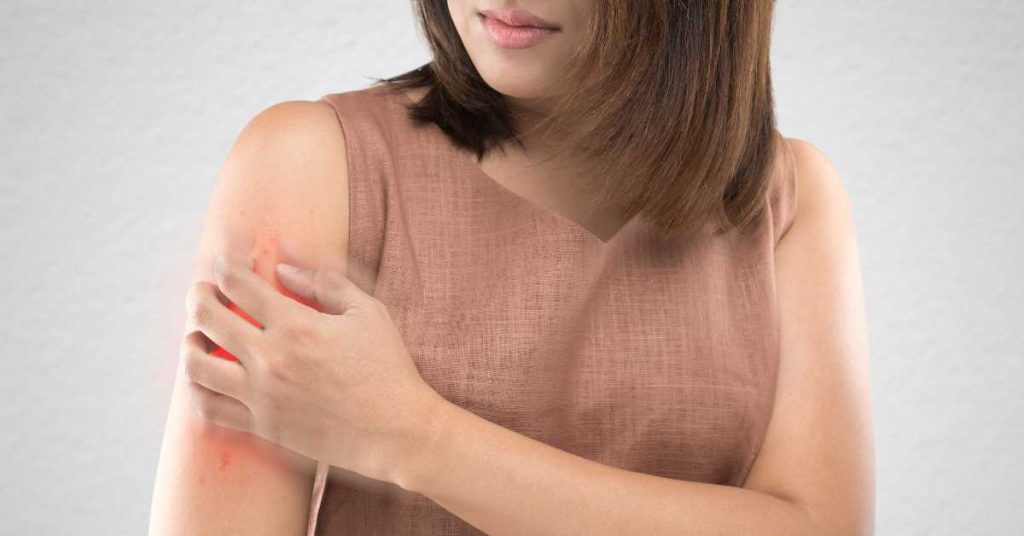
- Wear long sleeves and pants when in insect-prone areas.
- Opt for light-colored clothing, as dark colors tend to attract insects.
- Tuck pants into socks or boots to prevent ticks and other insects from crawling up the legs.
- Use EPA-registered insect repellents containing DEET, picaridin, or oil of lemon eucalyptus.
- Apply repellents according to the product instructions, and reapply as necessary, especially after swimming or sweating.
- Eliminate standing water around your home to reduce mosquito breeding grounds.
- Keep grass cut short and bushes trimmed to minimize habitats for ticks and fleas.
- Use screens on windows and doors to keep insects out of your home.
- Avoid using perfumes, scented lotions, or scented hair products when spending time outdoors, as strong fragrances can attract insects.
- Choose unscented or mildly scented body products when engaging in outdoor activities.
Implementing these measures can significantly deter insects from targeting you, making your time outdoors more enjoyable and less itchy. However, always be prepared with knowledge and supplies for treatment, just in case an insect does manage to make its mark.
The First Aid Nest run public and workplace first aid courses, Australia wide.
Our workplace first aid courses can be run at your site.
Our public classes are here in Sydney and are the best option if you are an individual, a couple or a group
of just a few people.
Our sophisticated system will take the headache out of renewal for you too. Lose your certificate? No problem, just log in and download your certificate again anytime. We will also send you reminders about when your certificate is about to expire!
Book your spot or workplace with us today, contact us with any questions, or head to our FAQ page

